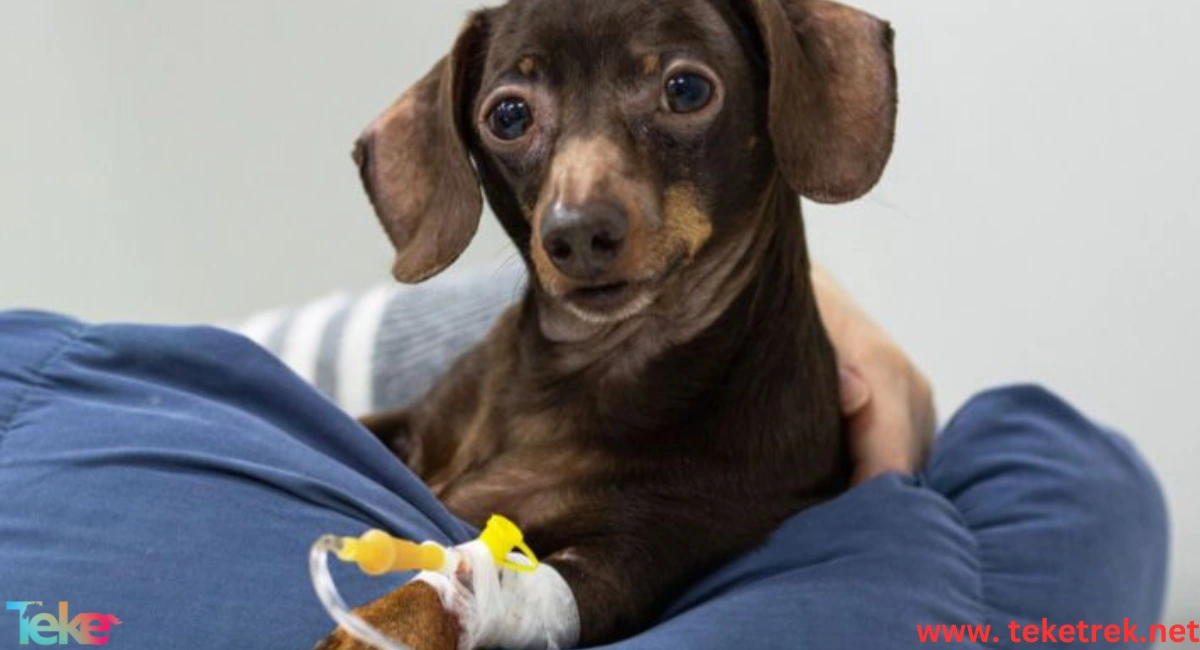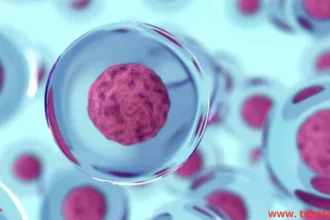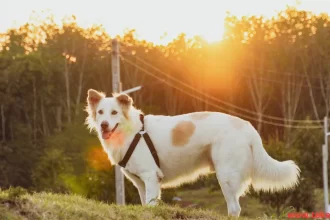Parvovirus is a deadly and highly contagious viral infection that affects dogs, especially puppies. It is characterized by key symptoms such as severe bloody diarrhea, vomiting, lethargy, loss of appetite, severe dehydration, rapid weight loss, and fever—symptoms that require immediate veterinary care.
The disease usually appears after an incubation period of 3 to 7 days and deteriorates rapidly, making early recognition of these signs crucial to saving the infected dog’s life. In this article from teketrek, we will explore the symptoms, causes, and the necessity of prevention of this disease.
Early Symptoms of Parvo Disease
The initial symptoms of parvo in dogs include lethargy, loss of appetite, and fever, which quickly progress to vomiting and severe diarrhea that may contain blood.
These symptoms cause rapid dehydration, damage to the intestinal lining, and immune suppression, making the dog susceptible to bacterial infections that can lead to death. It is essential to visit the veterinarian immediately once these signs appear, as the dog’s condition can deteriorate sharply within 48 hours.
Here are the details of the early symptoms:
- Lethargy and Loss of Appetite: The dog may show signs of tiredness and unwillingness to eat.
- Fever: The dog’s temperature rises due to inflammation.
- Vomiting: The dog may vomit continuously, sometimes with blood present in the vomit.
- Diarrhea: The dog suffers from severe diarrhea, often bloody and foul-smelling.
Symptom Progression and Risks Lead To:
- Dehydration: Continuous vomiting and diarrhea lead to severe fluid loss, causing rapid dehydration.
- Intestinal Damage: The virus affects the intestinal lining, explaining the vomiting and diarrhea.
- Immune Weakness: The virus reduces white blood cell counts, weakening the dog’s immunity and making it vulnerable to secondary bacterial infections.
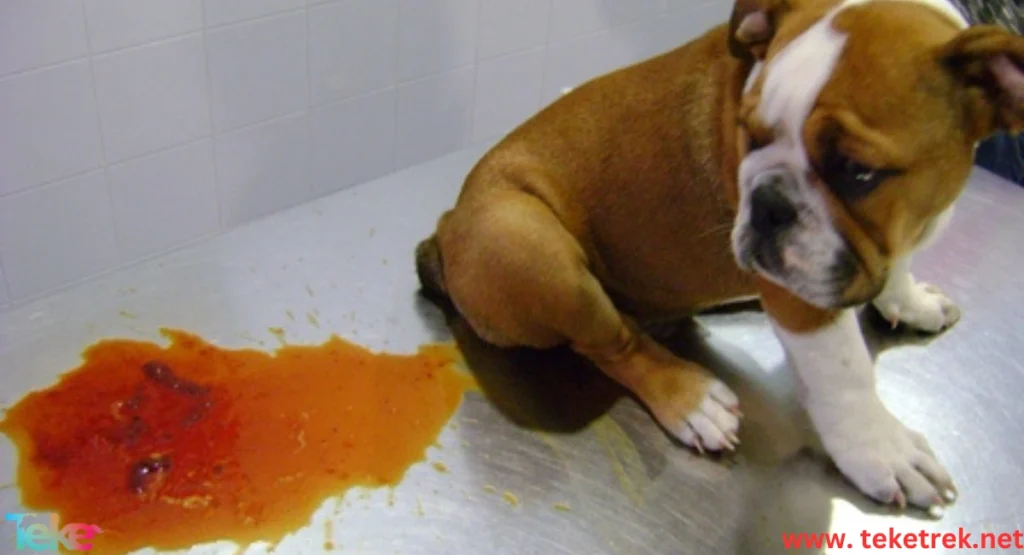
How Parvo Virus Spreads Among Dogs
Parvo primarily spreads through contact with the feces of an infected dog, either directly or indirectly via contaminated surfaces and items such as food bowls, toys, shoes, and clothing carrying the virus. The virus can survive in the environment for long periods, making it highly contagious and a continuous threat, especially to unvaccinated dogs or puppies.
Some transmission methods include:
- Direct Contact with Feces: Dogs can contract the infection by sniffing or ingesting feces from an infected dog.
- Contaminated Surfaces and Items: The virus spreads through surfaces and objects that contact the infected dog’s waste, including food bowls, toys, floors, and even people’s shoes and clothing.
Advanced Signs That Require Urgent Intervention
Advanced signs of parvo, such as severe bloody vomiting and diarrhea, complete lethargy, severe dehydration, and either high fever or dangerously low body temperature, demand immediate veterinary intervention, as the dog’s condition may rapidly deteriorate leading to death.
Advanced signs requiring urgent care:
- Severe and Continuous Vomiting and Diarrhea: Especially with blood present, indicating intestinal wall damage.
- Severe Dehydration: The dog loses large amounts of fluids and essential salts, leading to extreme weakness and shock.
- Severe Lethargy and Coma: Signs of worsening condition and profound weakness.
- Fever or Hypothermia: The dog may have either a dangerously high or abnormally low body temperature.
- Mucous Membrane Congestion: The membranes in the eyes and mouth may appear very pale.
The Most Suitable Dog Breeds for Kuwait’s Climate: Heat-Resistant and Indoor-Friendly
Prevention and Treatment Steps for Parvo
To prevent canine parvovirus, vaccinate your puppy according to your veterinarian’s schedule, and limit exposure to public places and unvaccinated dogs until the vaccination series is complete. Treatment requires veterinary care, including intravenous fluids to prevent dehydration, anti-nausea medications, pain relievers, stomach protectants, and broad-spectrum antibiotics to prevent secondary bacterial infections. Good hygiene and disinfectants known to kill the virus are essential to prevent its spread.
Key Prevention Methods:
- Vaccination: Vaccinate your puppy according to the recommended schedule; this is the most effective way to protect them.
- Social Interaction with Caution: Limit contact to controlled environments like reputable puppy classes or homes with healthy, vaccinated dogs.
- Quarantine: Isolate infected dogs from healthy ones to prevent the spread of this highly contagious virus.
- Cleaning and Disinfection: Clean areas and items used by infected dogs thoroughly, as the virus persists in the environment for long periods.
- Careful Puppy Adoption: Avoid buying dogs from unreliable or crowded places to reduce infection risk.
- Vaccinate Mothers: Vaccinate breeding female dogs before mating and pregnancy to transfer immunity to their puppies.
- Avoid Unvaccinated Dog Areas: Keep your dog away from street dogs or public places that may contain unvaccinated dogs.
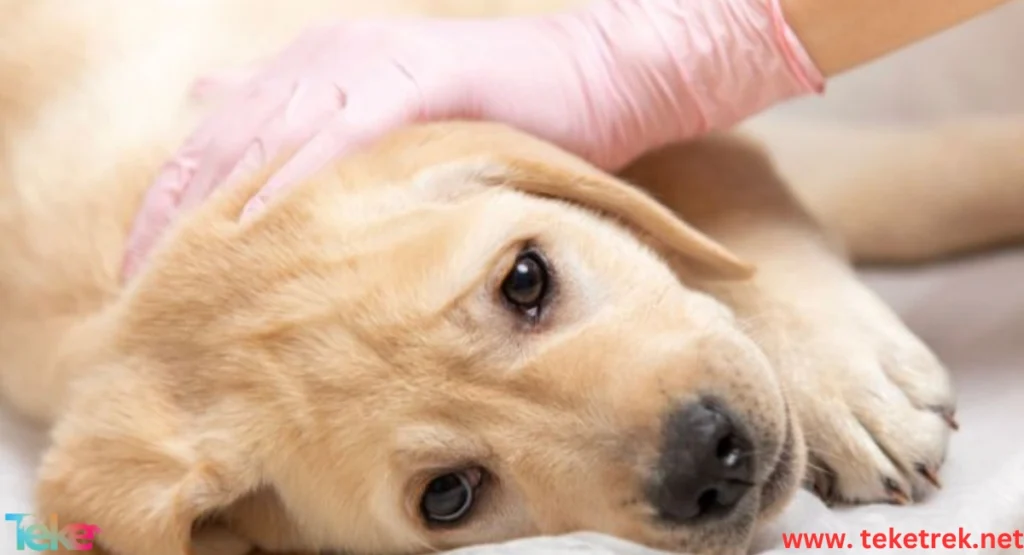
The Role of Vaccination in Protecting Dogs from Parvo
Vaccination is the most effective method to protect dogs against canine parvovirus (parvo), a highly contagious and potentially fatal disease. A series of core vaccines, often given as combination vaccines (DAPP, DA2PP, or similar), stimulates the dog’s immune system to produce protective antibodies against the virus. Following the recommended vaccination schedule, especially for puppies, is critical to build immunity and prevent disease spread in communities and kennels.
Puppy vaccination schedules typically start early in life and continue with booster doses into later stages to ensure full protection, while keeping the dog away from other dogs until fully immunized.
Vaccination Benefits:
- Building Immunity: Vaccination stimulates the dog’s immune system to produce antibodies that combat parvovirus, greatly reducing the chance of infection.
- Preventing Serious Disease: Parvo is highly contagious and deadly; vaccination is the only essential method to keep the dog healthy.
- Long-term Protection: Regular booster vaccinations are necessary to protect dogs throughout their lives, from puppies to adults.
Conclusion
In conclusion, recognizing the symptoms of parvovirus—such as severe bloody diarrhea, vomiting, lethargy, and loss of appetite—is crucial for early intervention, especially in puppies. Prompt veterinary care and supportive treatment can significantly improve outcomes for this highly contagious and potentially fatal disease. Vaccination remains the most effective preventive measure against this virus.

